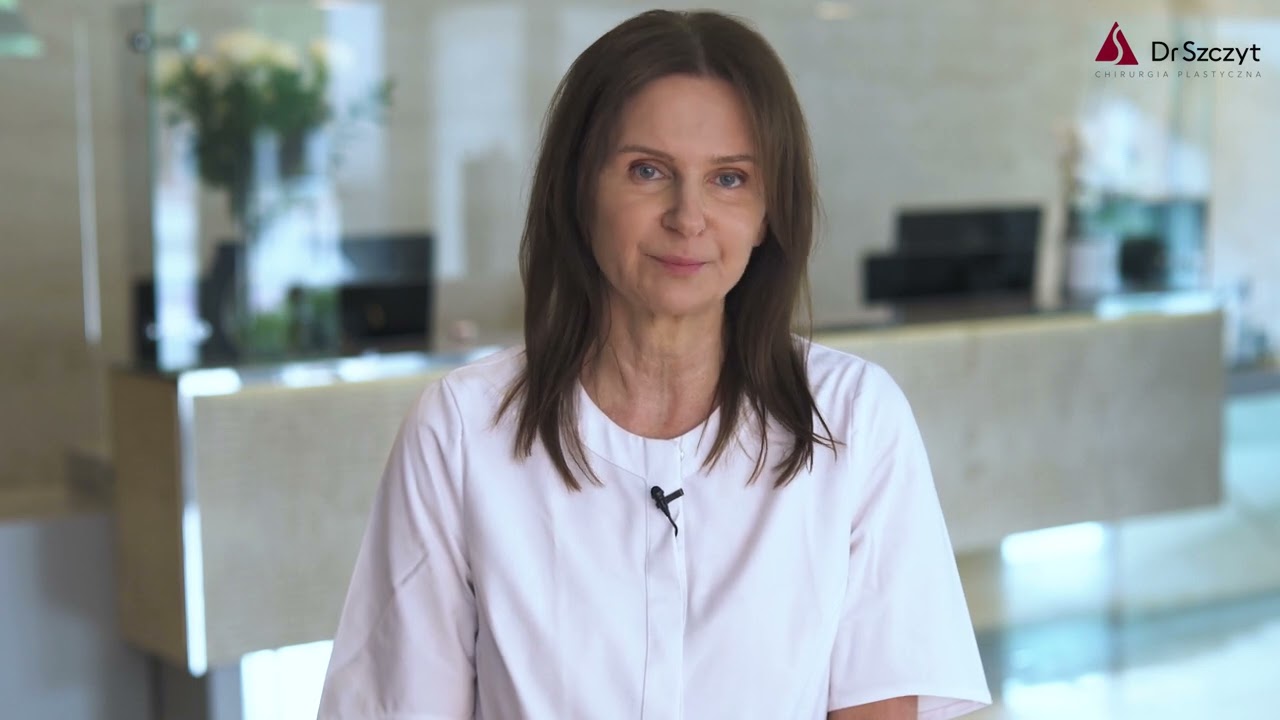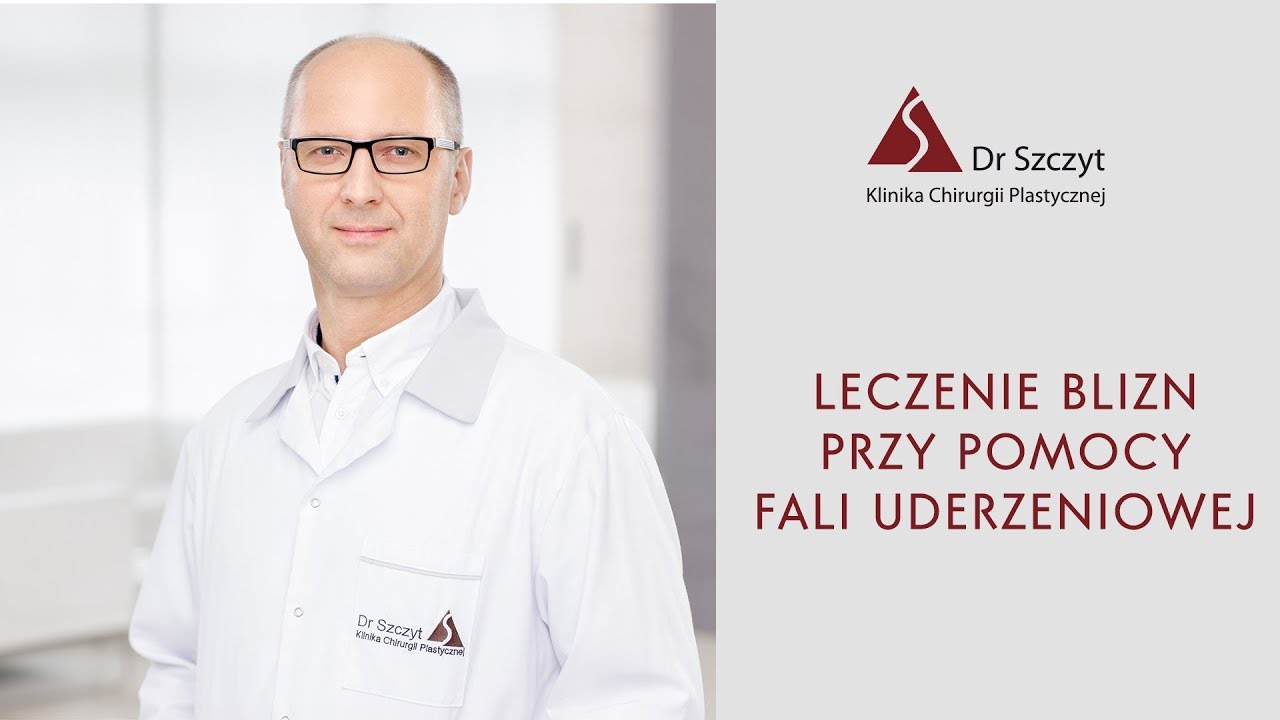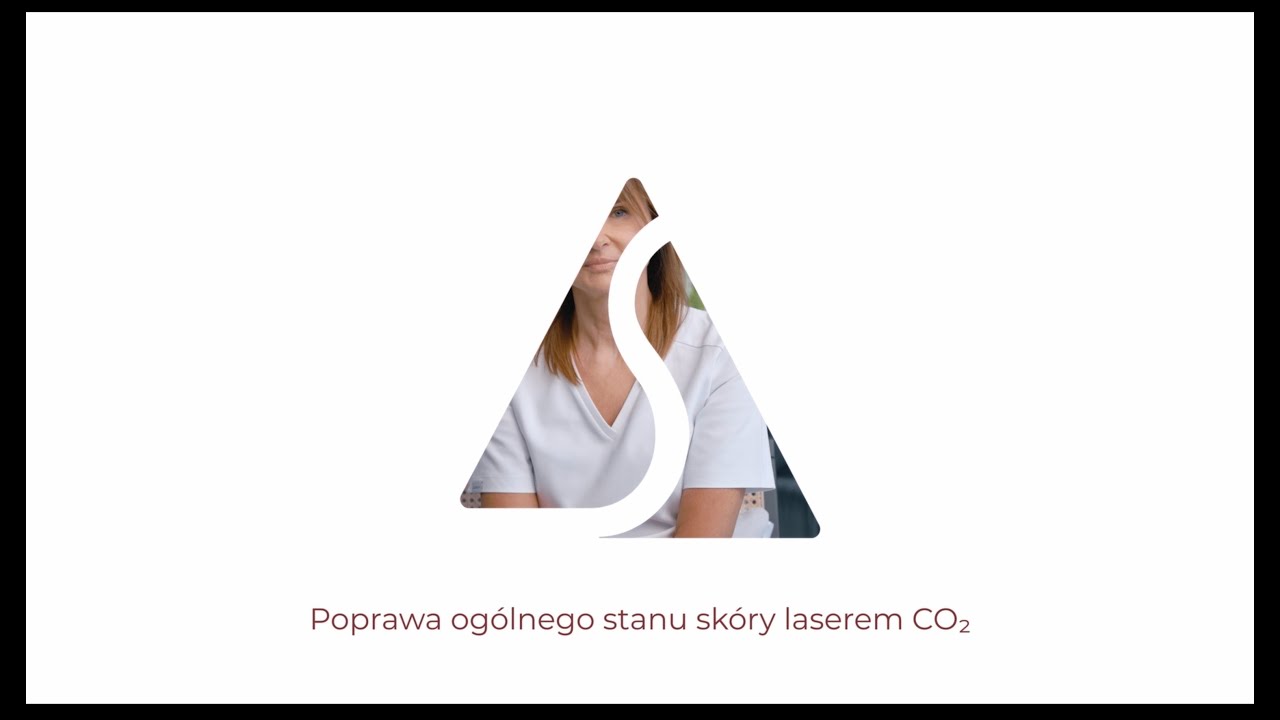How to effectively get rid of stretch marks on the abdomen?

Stretch marks on the abdomen are a fairly common problem that can appear as a result of pregnancy in ladies, but also rapid weight fluctuations or intense growth in both sexes. Although their complete removal can be difficult, there are effective methods that help significantly reduce their visibility and improve the appearance of the skin. A combination of proper care, modern aesthetic medicine treatments and a healthy lifestyle will bring satisfying results and restore smoothness and elasticity to the skin.
Stretch marks - more than just an aesthetic problem
Stretch marks are lesions on the skin that affect more than just the aesthetics of the body. They are the result of excessive stretching of the skin, which leads to damage to its deeper layers.
Who experiences stretch marks most often?
Stretch marks appear in people of all ages and lifestyles, but it is possible to distinguish groups that are more prone to them. They most often appear in:
- Pregnant women - rapid growth of the abdomen and hormonal changes cause the skin to stretch beyond its capacity, leading to stretch marks, especially on the abdomen, hips and breasts,
- adolescents - adolescence is a time of intense growth and changes in the body,
- people with rapid weight gain or loss - whether the change in weight is due to diet, training or other reasons, the skin may not be able to keep up with the adaptation, leading to stretch marks,
- Bodybuilders and physically active people - intense training, especially weight training, can cause rapid growth of muscle mass, which stretches the skin and leads to stretch marks,
- People with hormonal disorders - diseases like Cushing's syndrome or adrenal gland dysfunction increase the risk of stretch marks due to the effect of hormones on skin elasticity.
How are stretch marks formed and what causes them?
Stretch marks, medically referred to as striae distensae, result from excessive stretching of the skin, which leads to damage to collagen and elastin fibers responsible for elasticity and strength. This process occurs when the skin fails to keep up with regeneration during rapid changes in the body.
Hormonal factors also contribute to the formation of stretch marks, especially increased levels of cortisol, which weakens the structure of the skin by reducing collagen production. Stretching the skin under such conditions causes damage to its deeper layers, which becomes visible on the surface in the form of spindly bands of varying color - from pink or red in the initial stage, to white in a later stage.
Stretch marks most often appear on the abdomen, hips, thighs, breasts or arms, and their intensity and extent depend on individual genetic predisposition, age, skin condition and the rate of changes in the body.
Phases of development of stretch marks
Stretch marks go through three main phases of development, each characterized by a different appearance and changes in skin texture.
Phase I - striae rubrae (red stretch marks)
The first stage lasts about three months. Red, pink or purple lesions become visible on the skin, which may be slightly raised and vary in length and width. Their intense color is due to the presence of blood vessels in the damaged area of the skin. During this phase, the skin is tender, itchy or slightly painful, indicating an inflammatory process.
Phase II - blue-red stretch marks
In the second stage, the stretch marks turn bluish red, and their length and width may increase. The skin at the site of stretch marks begins to lose elasticity, and the lesions become more visible. Aesthetic medicine treatments performed during this phase yield good results, as the blood vessels are still active, allowing damaged tissues to regenerate.
Phase III - striae albae (white striae )
The third stage is the phase in which the stretch marks turn white and their structure changes to atrophic. At this stage, the skin loses elasticity, and the changes are permanent. Treatments like fractional laser therapy, microdermabrasion and collagen therapy can improve skin texture and reduce the appearance of stretch marks, but complete removal is very difficult.
Stretch mark reduction methods - a guide to modern aesthetic medicine treatments
Stretch marks are often a reason for dissatisfaction with the appearance of the skin. Modern aesthetic medicine offers a number of effective methods to help reduce their visibility and improve skin texture. The choice of the appropriate treatment depends on the stage of development of stretch marks, individual skin predispositions and patient expectations.
Laser reduction of the appearance of stretch marks
Modern laser therapies are one of the more advanced and effective methods of reducing stretch marks. With precise action on the deeper layers of the skin, lasers stimulate regenerative processes, improving texture and quality. Particularly effective are non-ablative fractional lasers, including Clear Lift, which stimulate the production of new collagen in the skin matrix without affecting the outer layer. The treatment is safe and effective, and results in a visible improvement in skin elasticity and texture, making stretch marks less visible. Thanks to its precision, laser therapy can be tailored to different types of stretch marks, from fresh (red) to older (white).
Platelet-rich plasma (PRP)
Platelet-rich plasma (PRP) is an innovative method that takes advantage of the body's natural regenerative abilities. The procedure involves the injection of plasma extracted from the patient's own blood, which is rich in growth factors and platelets. PRP stimulates the skin's reconstruction processes, boosts collagen and elastin production, and improves skin elasticity and hydration. As a result, stretch marks become less visible and the skin looks healthier and is firmer.
Skin micro-puncture (micro-needle therapy)
Microneedling (micro-needle therapy) is a technique that uses devices equipped with fine needles to create micro-injuries on the surface of the skin. These controlled punctures stimulate the body's natural regenerative processes, leading to increased collagen and elastin production and improved skin texture. Microneedling not only helps reduce the appearance of stretch marks, but also firms the skin and improves its overall appearance. The treatment can be supported by the application of active substances such as hyaluronic acid or vitamins, which further enhances its effectiveness.
At Dr Szczyt Clinic, effective stretch mark reduction is based on an individualized approach that takes into account each patient's needs, the severity of the lesions and the expected results. Each case is different, so our specialists tailor the therapy to ensure maximum effectiveness and safety. At our clinic, we care not only about improving aesthetics, but also about patient comfort and satisfaction. We help you regain self-confidence and satisfaction with your appearance by combining advanced technologies with the attentive care of our specialists.
FAQ
What are stretch marks on the abdomen?
Stretch marks are lines on the skin caused by excessive stretching of the skin. On the abdomen, they usually appear during pregnancy, rapid weight gain or sudden weight changes. They form in the deeper layers of the skin and can be red, pink (in the early stage) or white (in the advanced stage).
Can stretch marks be completely removed?
It is very difficult to completely remove stretch marks, but modern aesthetic medicine methods make it possible to significantly reduce their appearance and improve skin texture.
Is laser therapy safe?
Yes, laser therapy is safe if performed by an experienced specialist at a reputable clinic. The treatment works precisely on the deeper layers of the skin, which shortens recovery time and reduces the risk of complications.
When is the best time to start treating stretch marks?
It is best to start treatment in the early stage, when the stretch marks are red or pink. At this stage, the skin responds more easily to therapy, and the effects of the treatments are more visible.
How long does it take to treat stretch marks?
Treatment time depends on the method chosen and the severity of the stretch marks. It usually requires a series of several treatments, performed at intervals of 3-6 weeks, to achieve optimal results.
Are the treatments painful?
Most treatments like laser therapy and micropuncture may cause mild discomfort, but are usually well tolerated by patients. Local anesthesia is used if necessary.
Can I prevent stretch marks on my abdomen?
Preventing stretch marks relies on proper skin care. Regular moisturizing, using creams containing collagen and elastin, and avoiding rapid weight changes can reduce the risk of their formation.
Is stretch mark treatment right for everyone?
Most people can undergo treatment for stretch marks, but the final decision depends on individual consultation with a doctor. Some methods are not advisable if you are pregnant, breastfeeding or have a skin condition.















